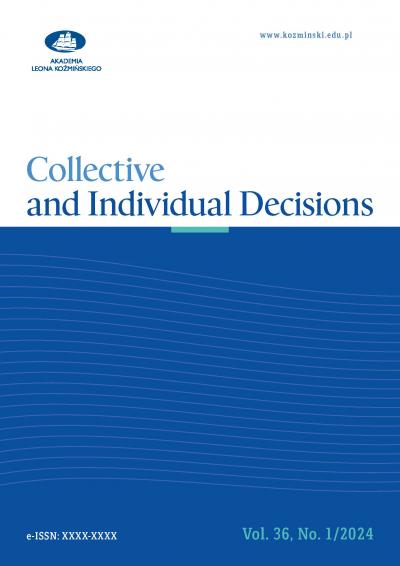High Volatility Eliminates The Disposition Effect In A Market Crisis1
Raymond Dacey
University of Idaho
12/2013 (20) Decyzje
DOI 10.7206/DEC.1733-0092.9








